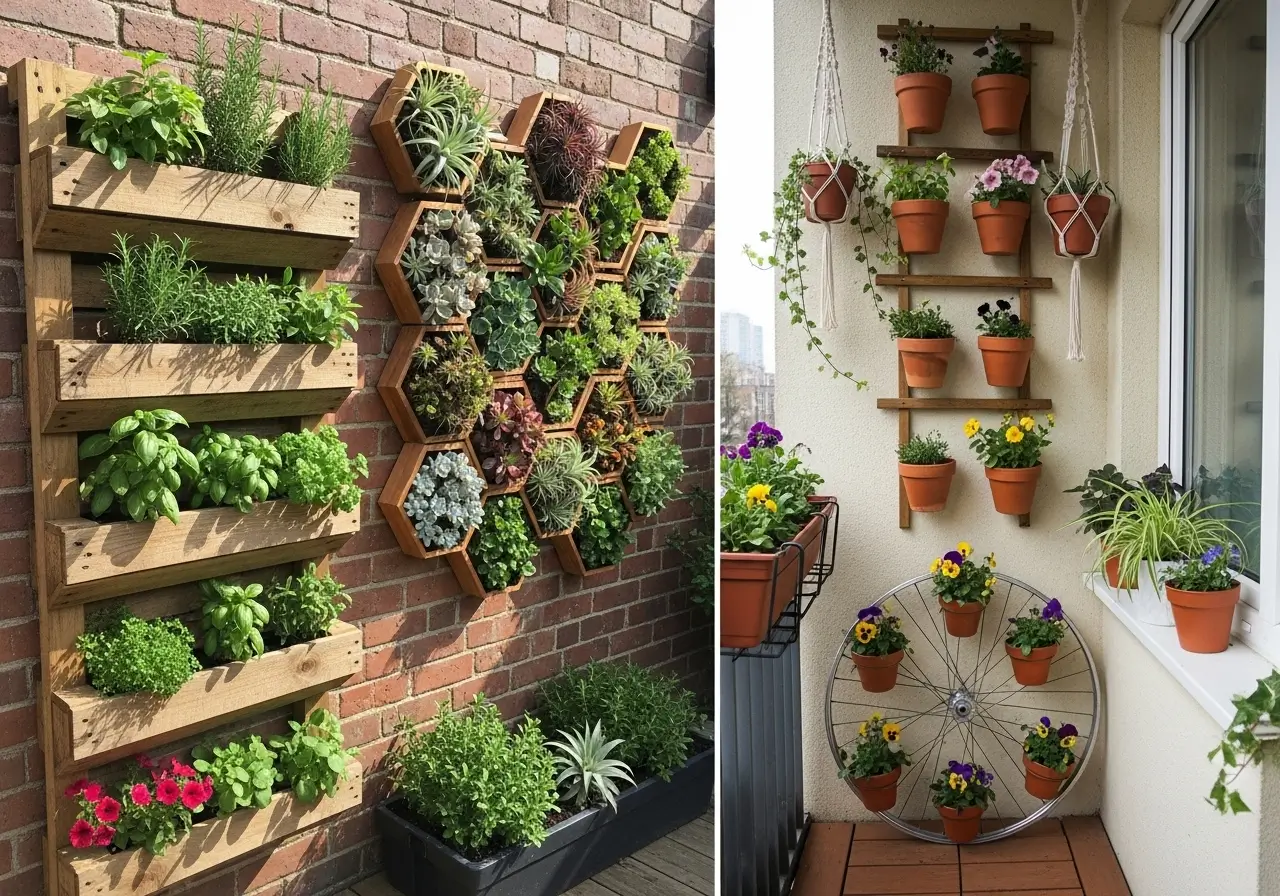
Home Landscape Ideas & Trends
We unite suppliers and green industry professionals worldwide
The ZZ Plant is a low-maintenance houseplant, with people loving it for its shiny deep green leaves, vertical growth habit, and absolute toughness. Its sculptural, waxy leaves and architectural silhouette are adaptable to nearly every interior style, from
By Mariam Scott
|Published on June 24, 2025
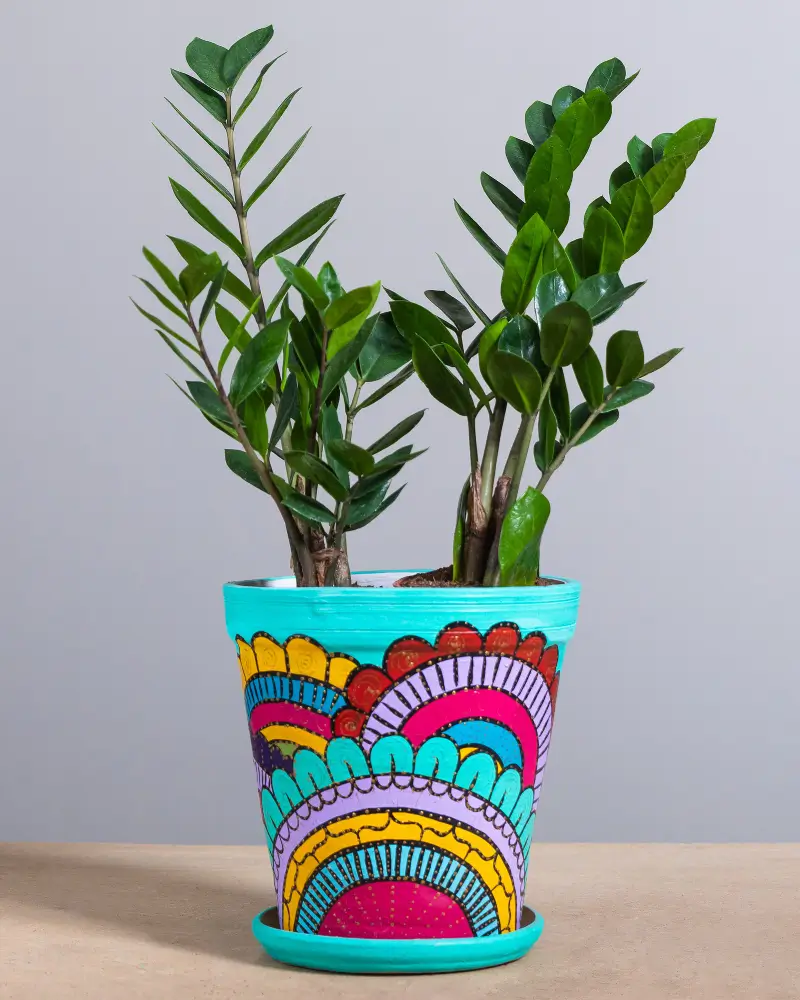

“What’s short for Zamioculcas zamiifolia? Just say ‘ZZ’—and you’ve got one of the toughest, easiest houseplants in the game.”
The ZZ Plant (Zamioculcas zamiifolia) is a low-maintenance houseplant, with people loving it for its shiny deep green leaves, vertical growth habit, and absolute toughness. A native of Eastern Africa, it became known as the “ZZ” plant because of its botanical name—Zamioculcas zamiifolia—is a bit of a mouthful.
Not only is the ZZ Plant a practical, low-care choice, but it also makes a bold visual statement. Its sculptural, waxy leaves and architectural silhouette are adaptable to nearly every interior style, from minimalist modern to lush jungle vibes. Whether you’re a total beginner or a distracted plant parent, the ZZ Plant is virtually indestructible—and it thrives on neglect.
| Common Name | ZZ Plant |
| Botanical Name | Zamioculcas zamiifolia |
| Type | Tropical evergreen perennial (grown as houseplant) |
| Height | 1.5–3 feet indoors |
| Light Requirements | From low to bright indirect light |
| Soil | Well-draining potting mix; cactus or succulent blend preferred |
| Watering Needs | Very low; drought-tolerant |
| Hardiness Zones | 9–11 (USDA, outdoors) |
| Bloom Time | Rare indoors; summer to early fall in ideal conditions |

August 20, 2025
10 minute read
August 19, 2025
10 minute read
August 18, 2025
10 minute read
August 15, 2025
17 minute read


Join as a seller and connect with thousands of B2B buyers nationwide!
Sign Up
ZZ is about the easiest plant to care for. With its excellent indoor performance, high tolerance for lighting variations, and ability to store water in its thick rhizomes, it is great for forgetful waterers.
Just put it in indirect light, be sure to only water when the soil is fully dry, and resist the urge to fuss over it. ZZs prefer to be left alone. If you’re looking for a bulletproof houseplant with major style, this is it.
ZZ Plants thrive under a variety of lighting conditions. While they prefer a sunny windowsill, they will survive—and in fact, even thrive just fine—in low-light corners where most plants would fail.
Avoid intense, direct sunlight, which can scorch the leaves. If you’re placing it near a window, filtered or sheer light is ideal.
As a soggy root is a true killer, make sure to use a good potting mix with good drainage. Use either a cactus or succulent mix, or regular potting soil mixed with perlite or coarse sand for drainage.
Drainage is key as ZZ Plants are susceptible to root rot in consistently wet conditions.
ZZ Plant is widely recognized for its extreme drought tolerance. It stores water in underground rhizomes and can survive weeks without watering. The most important part of watering is to allow the soil to dry out thoroughly before watering again.
When you do water, soak the soil thoroughly and let any excess drain away—never let the plant sit in standing water. During winter, its growth slows, and you’ll likely only need to water once a month. The most frequent issue is overwatering, so when in doubt, wait a few more days.
Much pruning is not necessary for ZZ Plants, but a light trim is a good way to keep them looking tidy:
You can do pruning any time of year, but spring and summer are ideal for encouraging new growth.
There are two simple methods for propagating new ZZ Plants—dividing the plant and using a leaf cutting:
It is a slow process, but if you like to watch plants grow from the start, then it can be fun.
ZZ Plants are perfect container plants and grow well indoors year-round:
Potted ZZs are perfect for desk tops, bookshelves, and even low-light bathrooms.
ZZ Plants need no special overwintering if you are growing them indoors (which is most common). Simply place them in a warm room where the temperature ranges from 60–75°F and is steady.
In winter, reduce watering even more—less frequent waterings help prevent root rot. Avoid drafts and don’t fertilize until spring growth begins again.
ZZ Plants rarely bloom indoors, but when they do, it’s a subtle event. The flowers are an inch or two-long, yellowish-green spathes that form near the base of the plant—more curious than showy.
Blooming typically occurs in summer or early fall and only under very bright, ideal conditions. Most ZZ owners never see flowers, and that’s perfectly normal.
ZZ Plants are tough but there can be some problems if the conditions are not right.
Pests are rare, but spider mites or mealybugs can occasionally appear. Wipe down leaves and treat with neem oil if needed. Overall, most problems stem from too much love, not too little.
With its glossy leaves, sculptural form, and almost indestructible nature, the ZZ Plant has earned its spot as one of the most popular houseplants in the world. It's beautiful, low-effort, and perfectly suited to modern life—thriving in apartments, offices, or anywhere light is limited and care is casual.
Suitable for anyone from the experienced indoor gardener to a houseplant starter, the ZZ Plant is a loyal, forgiving friend. Its quirky name may come from a tongue-twisting Latin moniker, but its success lies in pure simplicity.
If you’re looking for a green, glossy plant that asks for very little and gives back a lot—look no further than the ever-stylish, ever-surviving ZZ.
Its full scientific name is Zamioculcas zamiifolia; it is not very easy to remember. ZZ is just easier to say—and remember.
Yes, mildly. All parts of the plant contain calcium oxalate crystals that can irritate pets or humans if ingested. Keep it out of reach of curious mouths.
Yes, but only in the presence of artificial light. ZZ Plants tolerate very low light, making them great for offices or basements.
ZZs are really slow to grow, especially in low light. Under ideal lighting and care, you may even get a handful of new stems a year.
Yes! This gives you an added bonus for your house as they are known to get rid of toxins that pollute indoor air, such as xylene and toluene.

Home Landscape Ideas & Trends
Victor Miller
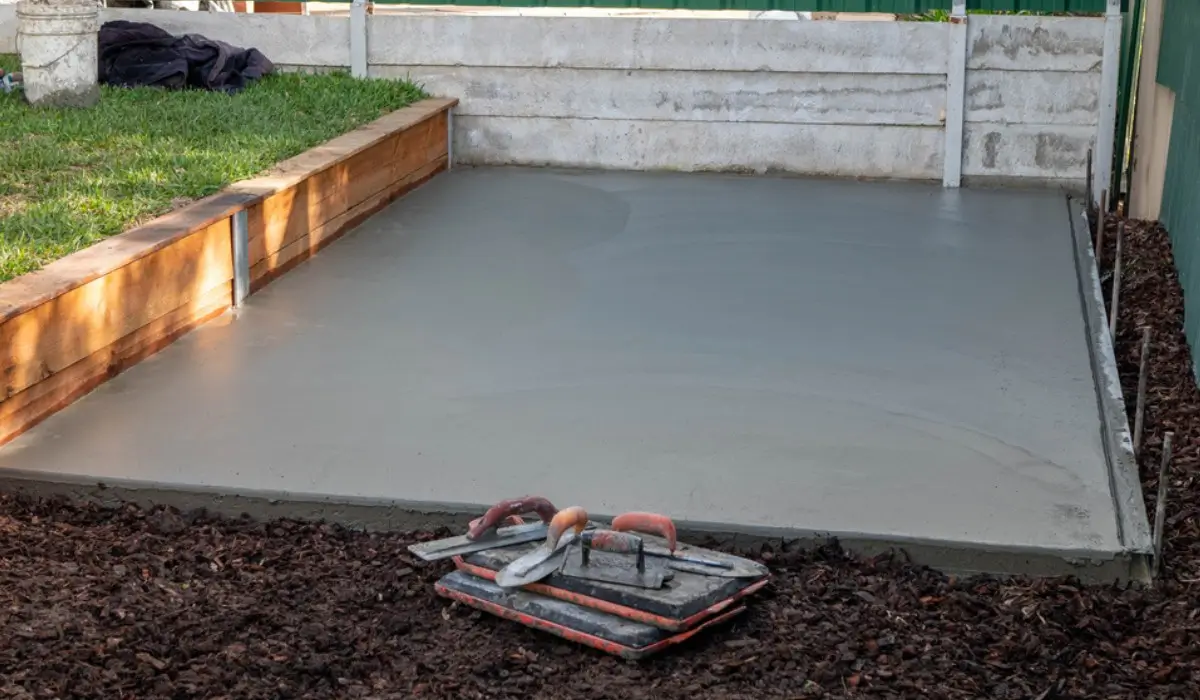
Outdoor Living
Victor Miller
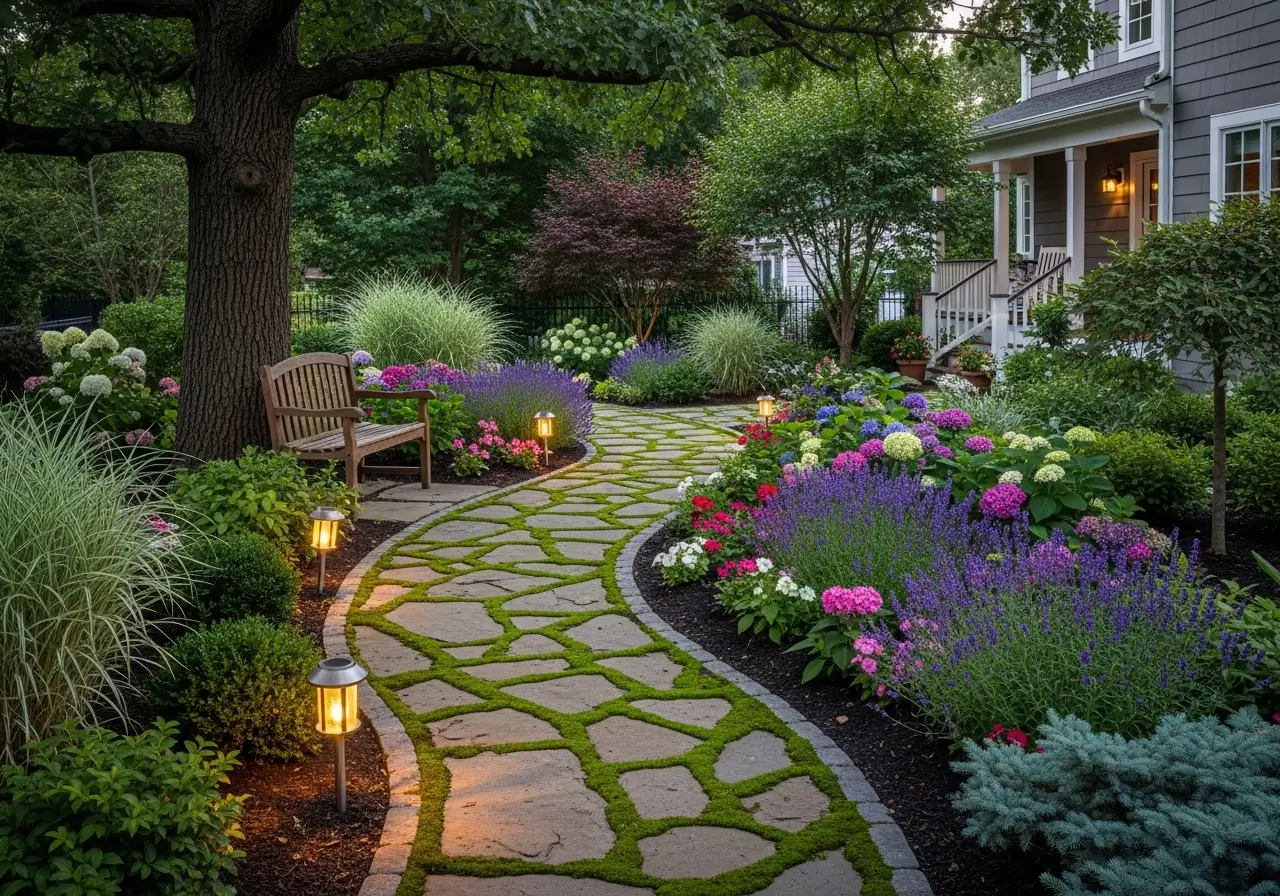
Patios, Walkways & Driveways
Victor Miller
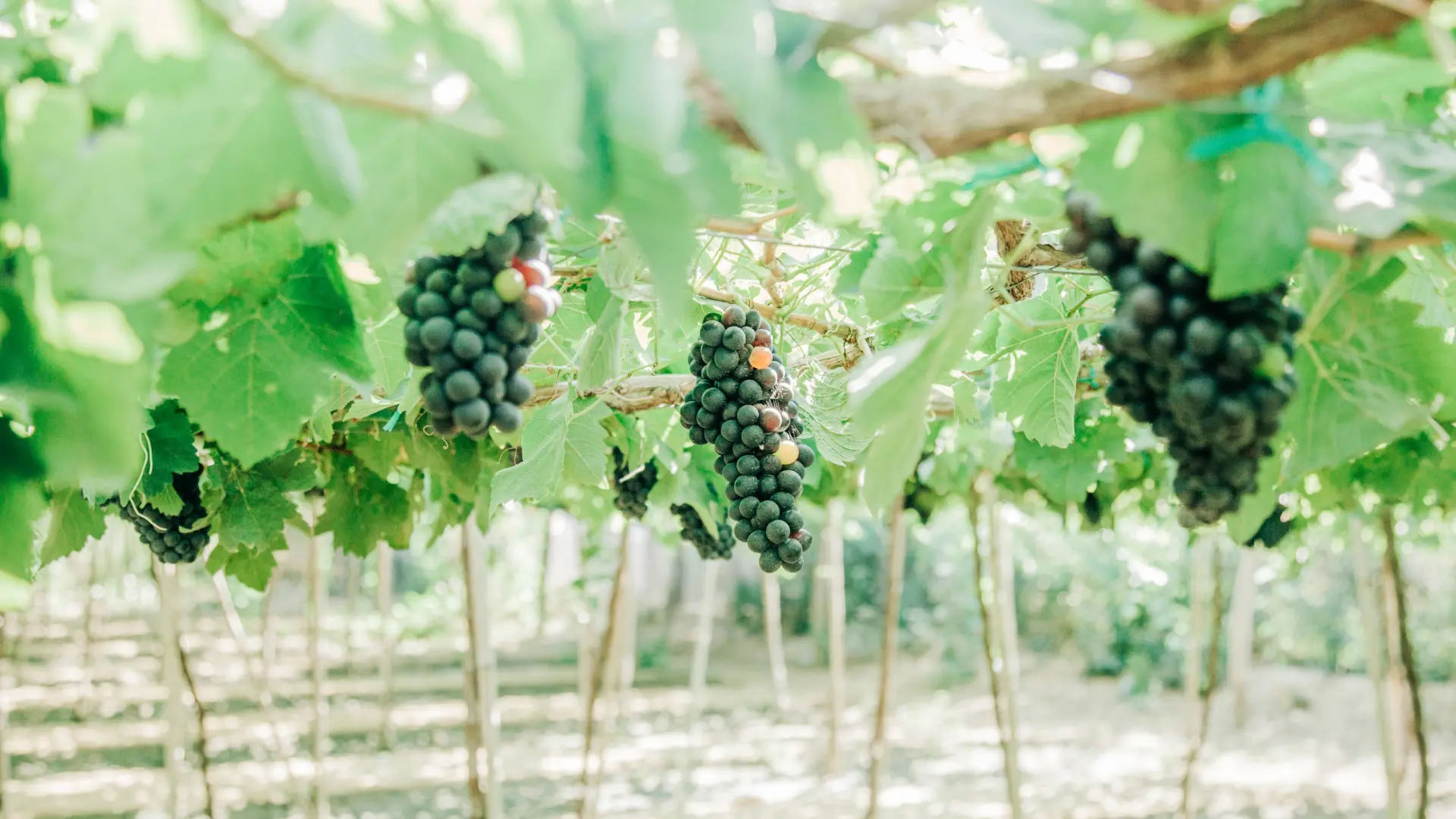
Agricultural Policy & Innovation
Gina Lazaarus

Soil Health & Fertilization
Gina Lazaarus

Climate
Gina Lazaarus

Outdoor Living
Victor Miller

Patios, Walkways & Driveways
Victor Miller
My Account
Our team is always here to help.
We are open Monday - Friday, 9:00 AM to 4:30 PM PST.